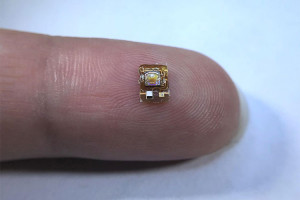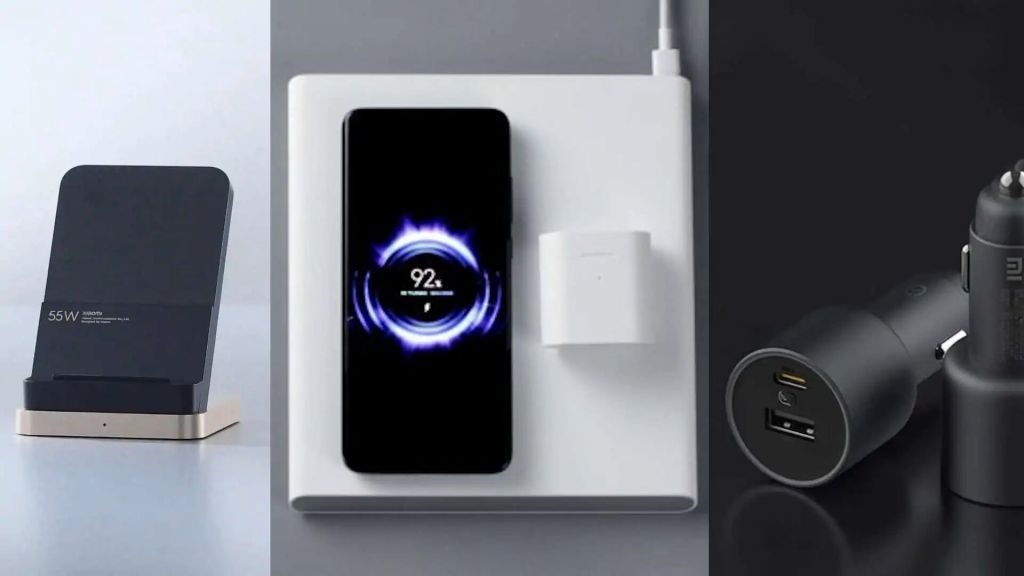pte20210416002 Technology / digitization, medicine / wellness
Determine data more easily and precisely – Exact oxygen measurement possible in real time
|
Tiny implantable oxygen sensor (Photo: Soner Sonmezoglu, berkeley.edu) |
–
Berkeley / San Francisco (pte002 / 04/16/2021 / 06:05) – A sensor no larger than a ladybug is a sensor from researchers at the University of California, Berkeley (UC) http://berkeley.edu and the UC San Francisco http://ucsf.edu who monitors the functioning of donor organs after implantation. He measures the oxygen content. This is an indication of whether the organ is working as planned or whether it is threatened by the body.
Ultrasound and clever design
The tiny early warning system is powered by a piezoelectric element that is externally stimulated with ultrasound. Ultrasound is also responsible for transmitting data to an external receiving device. “It is very difficult to capture data deep in the body,” explains Berkeley computer scientist Michel Maharbiz. “With the help of ultrasound technology in conjunction with a very clever design of integrated circuits, we have managed to produce sophisticated implants that can be inserted very deep into the tissue in order to collect life-sustaining data in real time.”
Oxygen is a key component in the cells’ ability to get energy from food. Almost all tissue needs a steady supply to survive. Today’s methods of measuring oxygen levels only provide information about what is happening near the surface of the body. This is because these methods rely on electromagnetic waves such as infrared light, which can only penetrate a few centimeters into skin or organ tissue. While there are types of MRI that can provide information about deep tissue oxygenation, they require long scan times and therefore cannot provide real-time data.
Protect premature babies better
Not only implants can be monitored with the small device, but also premature babies, who often need oxygen. How much it has to be, however, cannot be determined objectively. The doctors are dependent on their experience and gut instinct. The sensor, on the other hand, could provide exact values and prevent excessive oxygen delivery, which can harm a baby. The technology can also be used to measure other values in the body. According to the experts, other sensors can be used to measure blood sugar levels, carbon dioxide saturation or the pH value, for example.
(End)

 —
—
